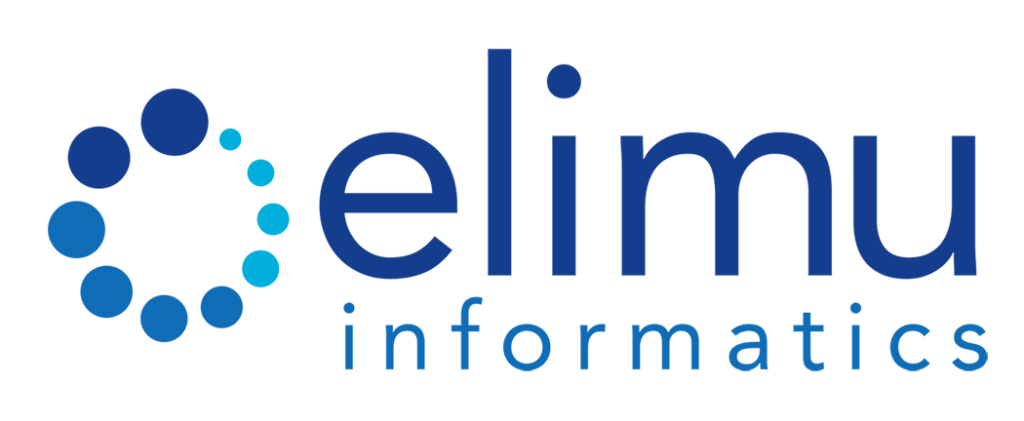a2d2™
Open-Source Engine for Implementing Interoperable Clinical Automation Services for CDS and Workflow Execution
New health interoperability standards such as FHIR and CDS Hooks enable the development of applications and services that can integrate with the electronic health record (EHR) and other clinical information systems. This integration allows healthcare organizations to extend the capabilities of the EHR to provide clinical decision support (CDS) and workflow tools to their staff and patients.
To expedite the creation of interoperable applications, we developed a2d2, an open-source engine for implementing interoperable clinical automation services for CDS and workflow execution.

Architecture and Implementation
An a2d2 server hosts and executes microservices for clinical automation. A microservice provides a well-defined interface and typically implements a single function as a module, e.g., a CDS Hooks service for computing pharmacogenomic interactions for a medication being prescribed. In a2d2, the work to be done by the microservice is specified in a process diagram in the standard Business Process Model and Notation. A process diagram is a set of tasks organized in a graph.
The a2d2 software provides built-in tasks for querying and writing to FHIR APIs, calling non-FHIR APIs, parsing CDS Hooks requests and creating CDS Hooks cards, evaluating data against rules, sending text messages, transforming data into different models, and calling FHIR terminology services. The a2d2 software is implemented in Java. It uses JBoss’s jBPM Suite for the business process engine and JBoss Drools engine for rules evaluation. Process diagrams can be created using a web-based authoring workbench from JBoss.
Results and Discussion
We have used a2d2 to create a variety of applications for different care settings that integrate with diverse EHR systems:
Text message patients to
receive PROs
In an application for obtaining patient-reported outcomes (PROs), an a2d2 services was used for sending text messages to patients to complete the PROs at a physician-specified schedule. Another service received completed PROs, transformed them into documents, and wrote them into the patient’s chart in the EHR.
Receive labs, generate alerts &
display on monitor
In an intraoperative CDS application integrated with the EHR, a2d2 services received asynchronous events such as intraoperative labs, and if needed generated alerts, and displayed them on the anesthesiologist’s monitor. Additional services provided drug dosing information and drug interaction alerts synchronously when medications were scanned for administration.
Prefill forms, calculate SOFA score & perform risk stratification
A SMART on FHIR application used in the ICU leverages an a2d2 service to prefill a form for the Sequential Organ Failure Assessment (SOFA) score with data from the EHR and another a2d2 service to calculate the SOFA score and perform risk stratification.
Report dosage of opioids daily to a patient as morphine milligram equivalent
A pain management app used post-operatively in an acute care setting by surgeons, calls on a2d2 to compute from FHIR MedicationAdministration resources the dosage of opioids administered daily to a patient as morphine milligram equivalent.
Obtain blood pressure data and
display the trends graphically
An app for hypertension CDS uses a2d2 to obtain blood pressure data from a consumer health device and display the trends graphically.
Perform drug-gene interaction checking & create FHIR resources
A pharmacogenomic CDS application uses a2d2 to perform drug-gene interaction checking by querying specific regions of a patient’s whole genome sequence data, normalizing variants, computing genotypes, and creating FHIR DiagnosticReport resources.
Results and Discussion
We have used a2d2 to create a variety of applications for different care settings that integrate with diverse EHR systems:
In an application for obtaining patient-reported outcomes (PROs), an a2d2 services was used for sending text messages to patients to complete the PROs at a physician-specified schedule. Another service received completed PROs, transformed them into documents, and wrote them into the patient’s chart in the EHR.
In an intraoperative CDS application integrated with the EHR, a2d2 services received asynchronous events such as intraoperative labs, and if needed generated alerts, and displayed them on the anesthesiologist’s monitor. Additional services provided drug dosing information and drug interaction alerts synchronously when medications were scanned for administration.
A SMART on FHIR application used in the ICU leverages an a2d2 service to prefill a form for the Sequential Organ Failure Assessment (SOFA) score with data from the EHR and another a2d2 service to calculate the SOFA score and perform risk stratification.
A pain management app used post-operatively in an acute care setting by surgeons, calls on a2d2 to compute from FHIR MedicationAdministration resources the dosage of opioids administered daily to a patient as morphine milligram equivalent.
An app for hypertension CDS uses a2d2 to obtain blood pressure data from a consumer health device and display the trends graphically.
A pharmacogenomic CDS application uses a2d2 to perform drug-gene interaction checking by querying specific regions of a patient’s whole genome sequence data, normalizing variants, computing genotypes, and creating FHIR DiagnosticReport resources.
